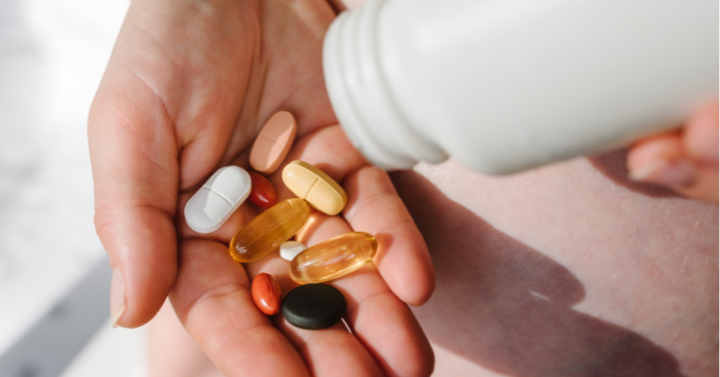The global nutraceuticals market has been steadily growing over the last decade, but the COVID-19 pandemic propelled it to new heights. While sales growth has recently stabilized, the market is expected to continue expanding significantly. The United States and Europe nutraceutical markets are valued at USD 163.0 billion and 90.0 billion, respectively, with high single-digit growth rates year-on-year, according to our just-published Excipients for Nutraceutical Oral Solid Dosage: United States and Europe report.
Increased awareness and education, coupled with strong sales through online channels and expansion of private labels in stores, have all contributed to making nutraceuticals accessible to a wider range of consumers in these regions. Which key dynamics in the nutraceuticals market are impacting the demand for nutraceutical excipients?
Prevention over treatment
Demand for vitamins is especially high among individuals seeking to bolster their defenses against illnesses and the increasing healthcare expenses associated with them. While in the United States, monthly premiums for individual coverage without a subsidy have stabilized over the last few years, they continue to represent a substantial financial burden for most consumers. This has led to nearly two-thirds of consumers increasing their usage of nutraceuticals over the past five years, consequently driving up the demand for excipients in nutraceutical formulations.
Strong demand for greener products
As consumers are becoming more ingredient-conscious and environmentally aware, they are paying closer attention to product labels and seeking information about sourcing. In the United States, the Clean Label Initiative encourages and rewards nutraceutical companies that create products with easy-to-understand labels using naturally derived and non-GMO ingredients. Europe sees a rising demand for plant-based alternatives driven by health, environment, and ethical reasons. Such products are known for a range of benefits such as rich sources of nutrients, antioxidants, and bioactive compounds that promote health and wellbeing. The strong preference for clean and green ingredients is favoring the selection of excipients that have a more natural name, such as starches, while limiting growth potential for those that are more ‘chemical-sounding,’ such as povidones.
Cognitive and digestive health benefits
Awareness and interest in cognitive health are on the rise, spanning across both the aging population and the younger generation. Consumers are increasingly seeking ways to boost brainpower, with popular choices including Omega-3 fatty acids, ginkgo biloba, caffeine, L-theanine, Rhodiola rosea, and vitamins B6 and B12. Additionally, they are also learning about the importance of gut health in bolstering immunity against infectious diseases, leading to a surge in demand for prebiotics and probiotics. These prevailing trends are fueling the demand for excipients used for coatings, bioavailability enhancement, and support for mineral actives.
Yummy gummies
Gummies are increasingly favored by consumers due to their appealing flavors and mouthfeel, with many vitamins now available in such forms in both the United States and Europe. These gummies offer the advantage of precise dosing and combining different actives. Formulators are also working to reduce sugar content to cater to health-conscious consumers. The United States is the largest market for gummy nutraceuticals. Growth of gummies has led to an increased demand for a variety of excipients, with gelatin for structure, lubricants for production, polyols for mouthfeel, and essential minerals such as calcium and magnesium playing vital roles, along with bioavailability enhancers.
Impact of titanium dioxide ban
The European Union banned the use of titanium dioxide as a food additive, including its use in nutraceuticals. While the ban is currently limited to Europe, there are discussions about implementing a similar ban in California, which could potentially impact the entire U.S. market eventually. Therefore, suppliers may need to find replacement excipients for titanium dioxide, leading to a growing demand for HPMC and calcium carbonate.
The market for excipients in nutraceutical oral solid doses is influenced by multiple factors, such as consumer preferences, regulatory mandates, and formulation requirements. Our comprehensive market analysis, Excipients for Nutraceutical Oral Solid Dosage: United States and Europe, aims to provide a thorough analysis of these dynamics, enabling a better understanding of each excipient’s performance in the market. Complemented by an interactive database, it provides insights into over 35 excipients alongside key trends and forecasts.

